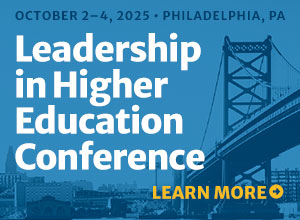Providing Leadership and Support to Professionally Develop Adjunct Faculty
Adjunct faculty may be the most overused and under-resourced groups of individuals in higher education. Many departments and courses would not function, or at least not function well, without adjunct faculty. Yet despite being in many cases essential members of a department, adjuncts receive modest pay, typically by the course...
Approaches to Building and Sustaining a Diverse Adjunct Workforce
With nontenure-track faculty now comprising 70 percent of the faculty workforce, academic leaders face daunting challenges in creating proactive workplace strategies that address this new reality. Even though more than a quarter of nontenure-track faculty are now in full-time nontenure-track appointments, the majority still teach part time. Despite the urgency...
The Failing Student and the Adjunct Professor
Adjunct faculty members indicated they inflated students’ grades in order to help ensure they would receive positive student evaluations, that these students would register for another class they taught. Is the increasing use of adjunct faculty behind grade inflation?
How Faculty Teaching Load, Employment Status Affect Student Performance
Some years ago, Witt Salley, EdD, director of online education at Clemson University, was working for a community college in Missouri. The college had a growing online presence, and it was handling this demand by allowing faculty who were willing to teach online to do so as an overload. This...
Leading Change Amid Opposition
When Amanda Gingery Hostalka became chair of art and visual communication design at Stevenson University, one of her priorities was to make sure that learning outcomes for every track and major aligned with the department’s and institution’s missions. The importance of this task was heightened by the department’s upcoming move...







